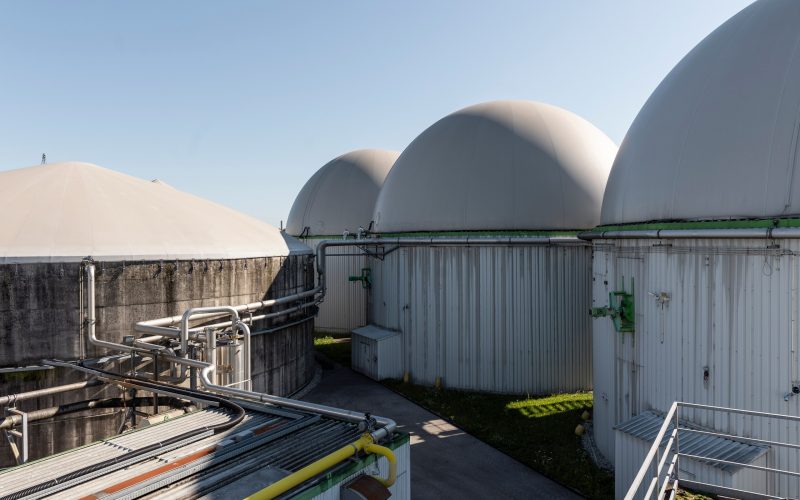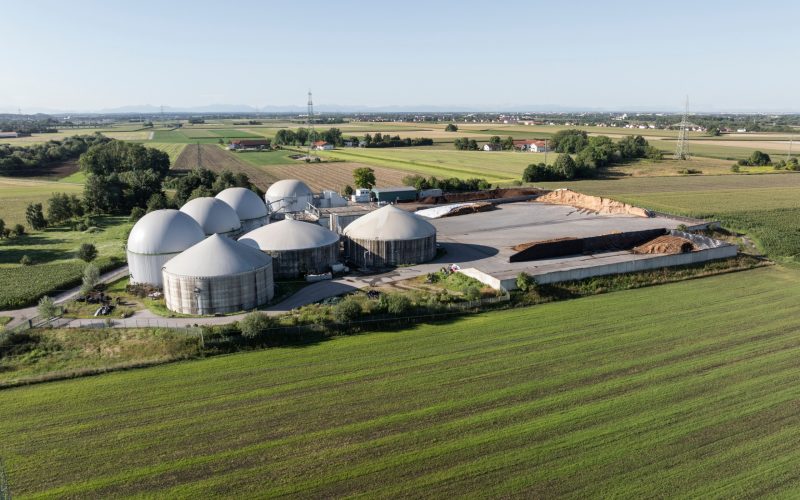Biogas and biomethane in Denmark
For the SAF platform, we have prepared a translation of the material on the state of biogas production and use in Denmark. There are about 150 biogas plants in the country. The primary input to biogas production is livestock waste, but a range of other biomasses is also used for producing biogas.
Industry development trends
The production of biogas in Denmark has increased rapidly since the 2012 when a new subsidy scheme entered into force. The subsidy scheme, which include a fixed subsidy level across eligible biogas producers. Currently there are no subsidy schemes available for new production capacity, but a series of tenders for the production of biogas and other green gases is planned. The choice of the tender approach reflects that the biogas sector in Denmark is now well past the development stage, and accordingly focus is now more on ensuring the efficiency of future biogas production.
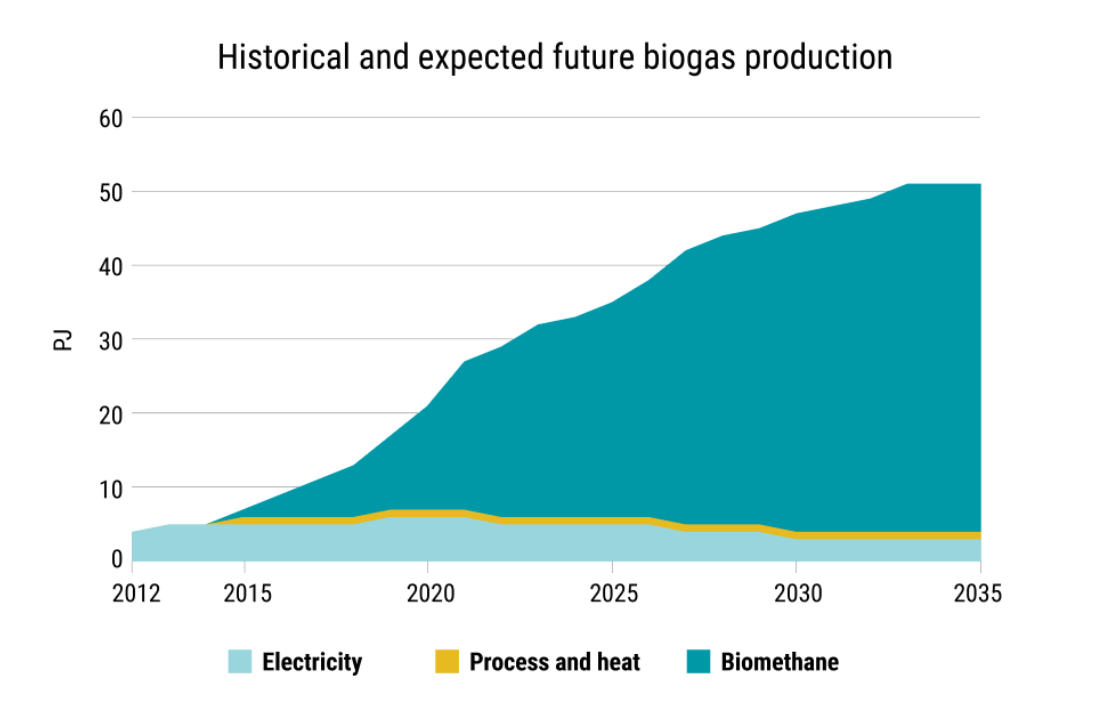
Previously, the major share of biogas was used for electricity production, but today around 80% is upgraded and feed into the natural gas grid, and this development towards upgrading is expected to continue in the future. In 2023 the share of biomethane in the Danish gas system reached almost 40% and by 2030 Danish gas consumption is expected to be 100% green.
Biogas plants
Based on the type of input biogas plants can be divided into 4 different types; agricultural plants, sewage plants, industrial plants and landfill plants. Agricultural plants, where livestock waste constitutes the major input, accounted for approximately 85% of biogas production in 2022, and it is also at agricultural plants that future production increases are expected to take place.
The majority of biogas plants are located in the western part of Denmark where livestock density is highest. The Danish Energy Agency has produced a map showing the location, plant type and approximate production capacity of Danish biogas plants. The map is updated in 2023.
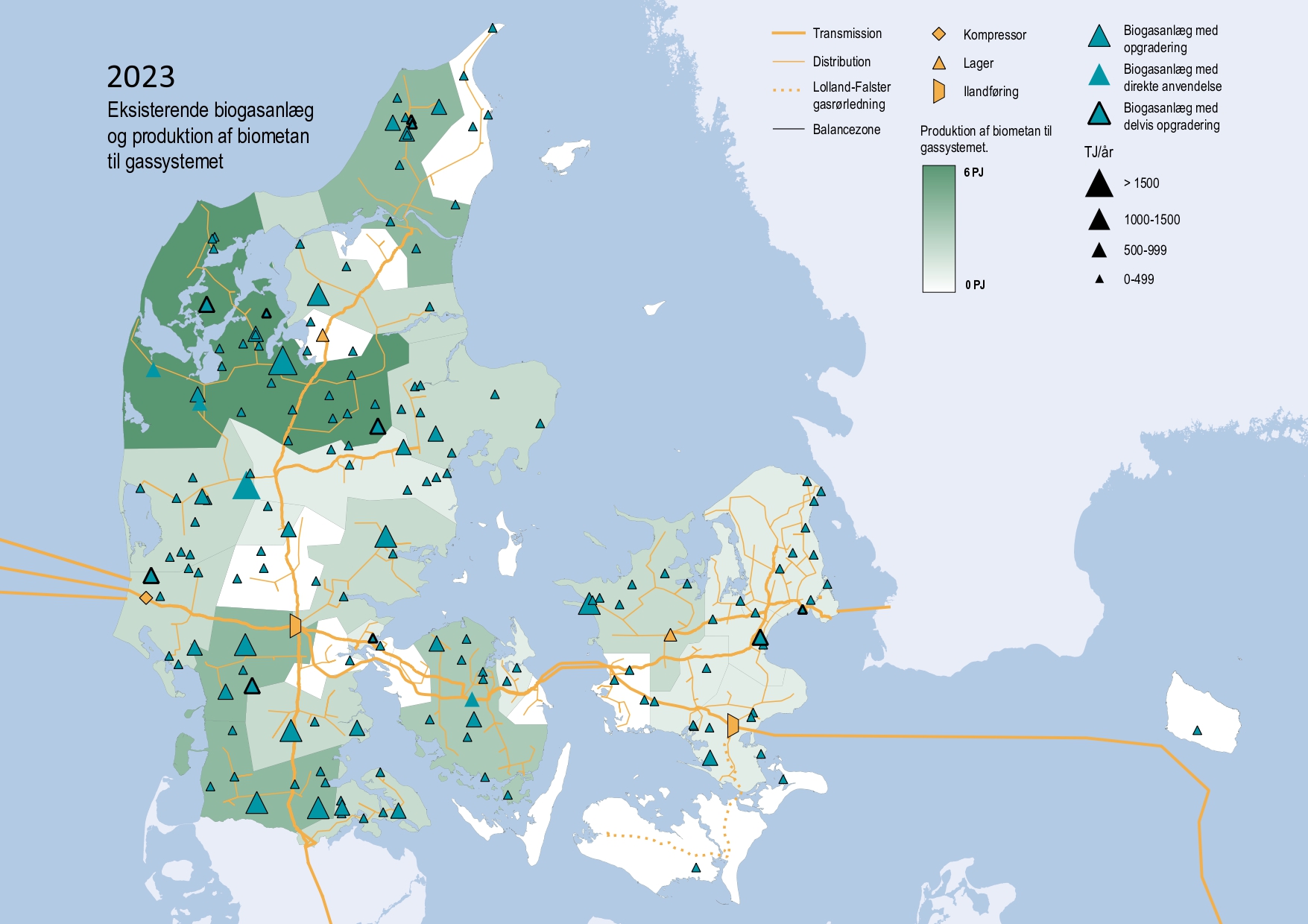
Biomass input and biogas production
Danish biogas plants are obligated to report their biomass use to the Danish Energy Agency once a year. The reports contain information on amounts, types and origin of the biomasses. Most of the biomasses used for biogas production are domestic resources, which if not used for biogas production would either have been incinerated or used directly on the fields as fertilizer.
Livestock waste constitutes around 75% of biomass input at agricultural biogas plants. The remaining 25% comprises different organic waste fractions from households and industry, plus straw and energy crops. The type of biomass used in the production impacts the sustainability and climate effect of the biogas.
Biomass input composition at agricultural biogas plants, 2021-2022
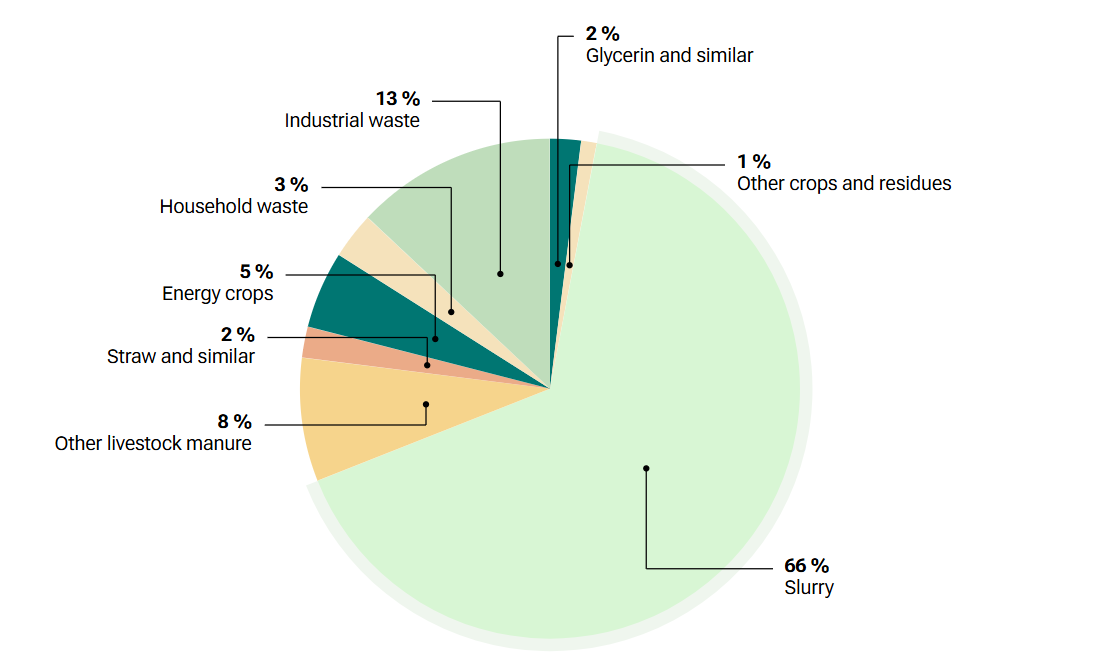
Read the full article on the SAF platform. There you will find information on methane loss from biogas plants, the estimated share of biogas production attributable to different biomass categories, and you can download the original Danish Biogas Map in PDF format.
We remind you that UABIO is a partner of the Sustainable agribusiness platform (SAF).
SAF is a communication platform that brings together agribusiness stakeholders and aims to establish strong links between market players and introduce sustainable approaches in agriculture. For this platform, our team prepares verified professional content on the bioenergy sector.

